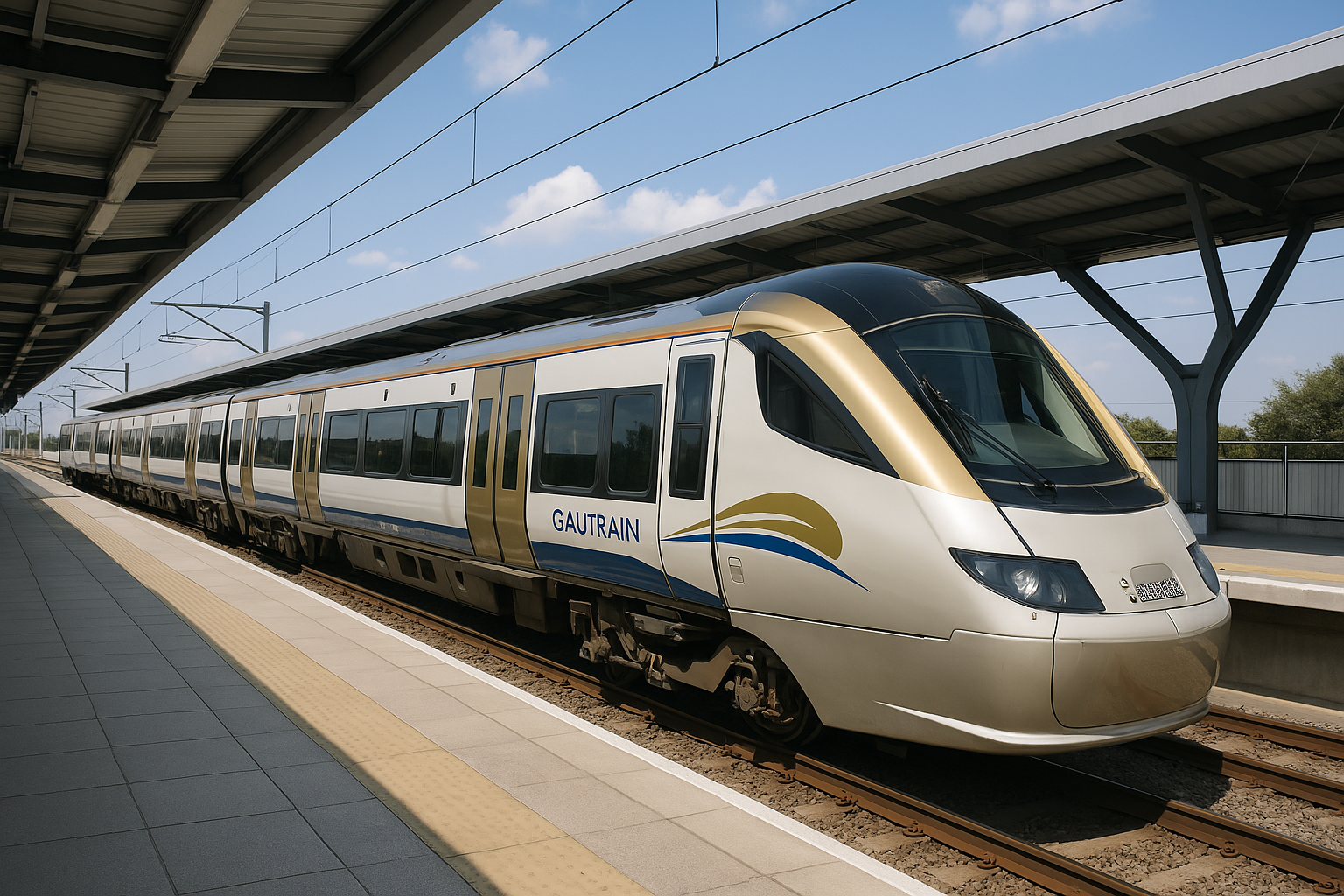Gautrain Redesigns Future to Embrace Inclusivity, Hybrid Work, and Broader Access
“This new Public-Private Partnership is more than a change in operator—it’s an opportunity to reimagine the Gautrain business model from the ground up,” Kgobe said.

- Country:
- South Africa
The Gautrain, South Africa’s pioneering rapid rail system, is undertaking a strategic transformation in response to dramatic shifts in commuter behavior and transportation demands brought on by the COVID-19 pandemic. With a focus on inclusivity, innovation, and sustainability, the Gautrain Management Agency (GMA) is reimagining its services to ensure the rail system is not only world-class in efficiency and safety but also accessible and relevant to a broader spectrum of passengers across Gauteng.
Responding to a New Reality
The pandemic has permanently changed the way people live and work. Traditional commuting patterns—once predictable and centered around a 9-to-5 workday—have given way to hybrid and remote working models. As a result, transit agencies across the globe, including the GMA, are reevaluating service models to meet evolving passenger expectations.
“The days of a predictable Monday to Friday commute are over,” said GMA CEO Tshepo Kgobe. “Passengers are asking for a reliable service throughout the day, not just during peak hours. They also want flexible, dynamic pricing that matches their hybrid work lifestyles. With the rising cost of living, affordability is becoming a major factor in choosing how to travel.”
A Brand Evolving with Its Community
Despite the disruptions caused by the pandemic, Gautrain has retained its brand strengths of being safe, efficient, clean, and convenient. However, findings from a recently commissioned brand study revealed that some communities still perceive Gautrain as inaccessible, whether due to cost, location, or lack of awareness of the service offerings.
“This insight is not a setback but an opportunity,” Kgobe noted. “It allows us to innovate and align our services more closely with what different market segments truly need.”
To better serve underserved groups, GMA is analyzing who these potential passengers are, what barriers they face, and how the Gautrain can become a more attractive and viable option for them.
The Future Starts Now: Preparing for a New Partnership
One of the most significant developments in Gautrain’s journey is the upcoming transition to a new operating partnership. The current Gautrain concession agreement is set to expire in March 2026. To prepare, GMA launched the process in late 2023 to appoint a new delivery partner who will operate, maintain, modernize, and innovate the system going forward.
“This new Public-Private Partnership is more than a change in operator—it’s an opportunity to reimagine the Gautrain business model from the ground up,” Kgobe said. “We’re looking at flexible fare policies, pricing incentives, and a diversified range of products and services that meet the needs of a far more diverse ridership base.”
Expanding Reach and Equity
A critical part of Gautrain’s long-term vision is physical expansion. Currently, the rail network primarily serves affluent suburban corridors, but future plans include extending the rail lines to key townships and high-density economic zones, such as Soweto and Mamelodi.
“Gauteng is South Africa’s most populous province, and with that comes a tremendous amount of road congestion, long travel times, and economic inefficiency,” Kgobe said. “By expanding our rail footprint into underconnected areas, we not only improve accessibility but also stimulate local economies, reduce traffic congestion, and provide a meaningful alternative to private car use.”
Transforming Stations into Community Hubs
Beyond transportation, Gautrain is positioning its stations as multi-functional community assets. Several stations already offer vehicle licensing services, and there are plans to further develop them into vibrant business, retail, and social hubs. This station transformation strategy aligns with global best practices, where public transport nodes become centers for commerce, community services, and leisure.
“We envision Gautrain stations becoming places where people don’t just pass through, but where they gather, work, shop, and socialize,” Kgobe explained.
Making the Gautrain a Lifestyle Brand
With its fast and reliable service, Gautrain is also targeting Gauteng’s growing entertainment and lifestyle economy. The agency is working to solidify its position as the transport mode of choice for major sporting events, concerts, exhibitions, and tourism attractions.
“Gauteng is South Africa’s economic engine and a vibrant cultural playground,” said Kgobe. “Whether you’re going to a football match, a music festival, or simply enjoying a weekend out, the Gautrain should be your go-to mobility solution.”
Building a Resilient and Inclusive Future
Looking ahead, the GMA is determined to maintain Gautrain’s world-class standards while also embracing change. The goal is to strike a balance between financial sustainability, customer satisfaction, and inclusivity.
“Public transport must work for everyone,” Kgobe concluded. “We are committed to rethinking, redesigning, and renewing the Gautrain experience. It’s about making our system resilient, equitable, and future-ready—for all who live, work, and play in Gauteng.”
As the province continues to grow and diversify, the Gautrain is poised to become more than just a rail service—it’s set to be a catalyst for regional integration, economic development, and social upliftment.
Want this in a press release or newsletter format too?
- READ MORE ON:
- COVID-19
- Gautrain Management Agency
- Gauteng










